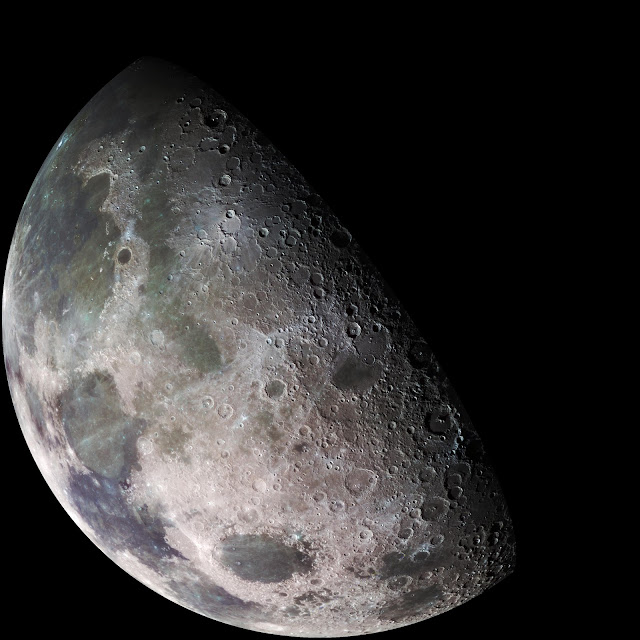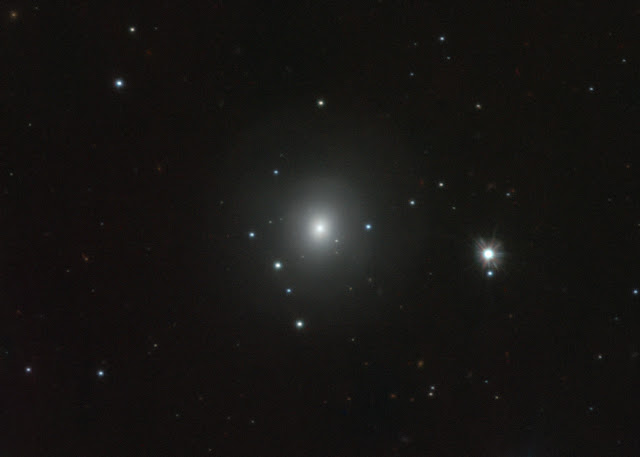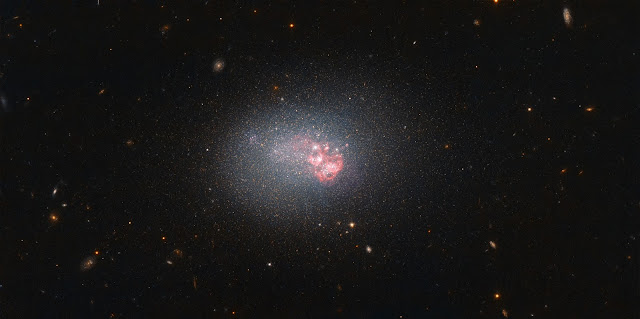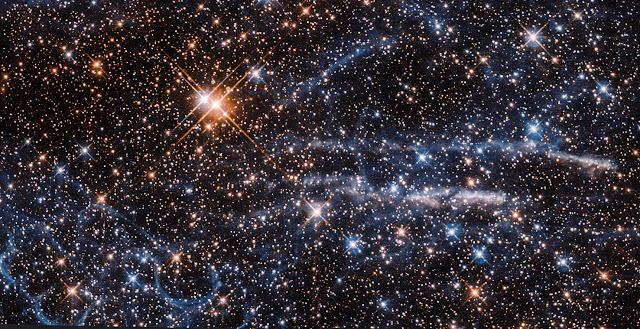Pumpkin Sun
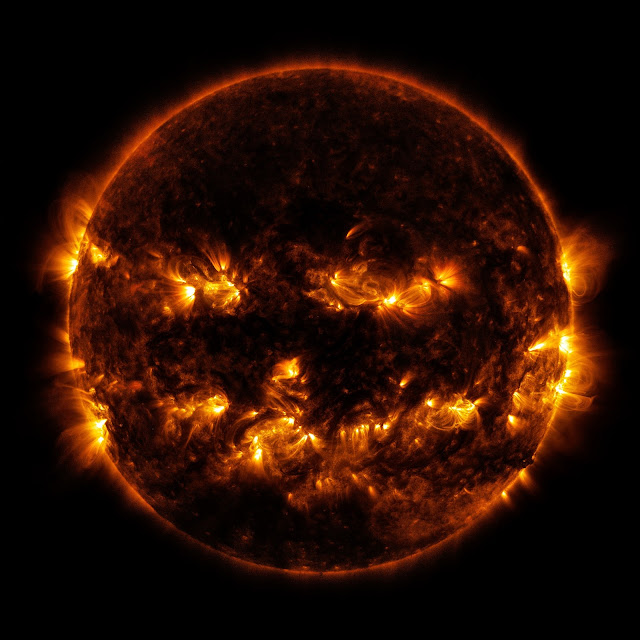
Active regions on the Sun combined to look something like a jack-o-lantern’s face on October 8, 2014. The image was captured by NASA's Solar Dynamics Observatory, or SDO, which watches the Sun at all times from its orbit in space. The active regions in this image appear brighter because those are areas that emit more light and energy. They are markers of an intense and complex set of magnetic fields hovering in the Sun’s atmosphere, the corona. This image blends together two sets of extreme ultraviolet wavelengths at 171 and 193 Ångströms, typically colorized in gold and yellow, to create a particularly Halloween-like appearance. Image Credit: NASA/SDO Explanation from: https://www.nasa.gov/content/goddard/sdo-jack-o-lantern-sun





